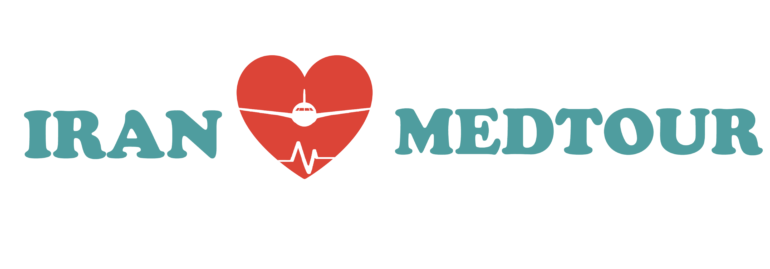Coronary angiography is a test to find out if you have a blockage in a coronary artery. Your doctor will be concerned that you’re at risk of a heart attack if you have unstable angina, atypical chest pain, aortic stenosis, or unexplained heart failure.
During the heart angiography, a contrast dye will be injected into your arteries through a catheter (thin, plastic tube), while your doctor watches how blood flows through your heart on an X-ray screen to determine the exact location of the blockage. With the help of angiography, the number of blocked coronary arteries, the location of the blockage, and the extent of blockage are determined.
 English
English
 English
English
 English
English





